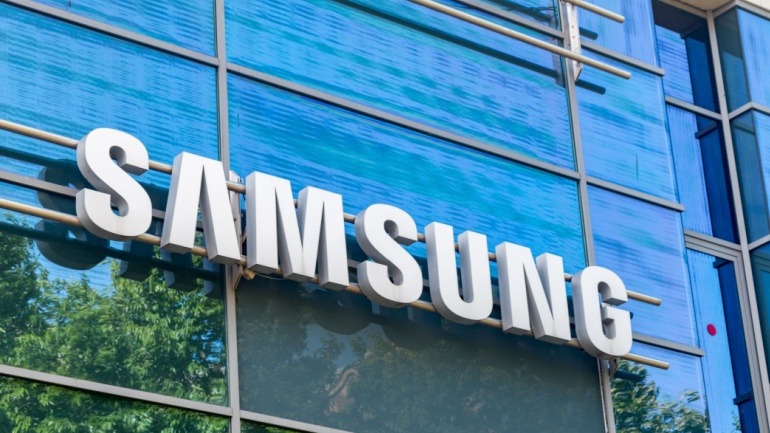EXA Infrastructure is partnering with IOEMA to amplify connectivity in Northern Europe. This collaboration marks Leiston, UK, as a pivotal point for IOEMA’s new submarine cable. EXA Infrastructure will offer vital backhaul services to prominent data centers, such as London Telehouse and Equinix.
Ioema’s project, initiated in May 2024, spans 1,600 kilometers. It connects five significant Northern European markets: UK, Netherlands, Germany, Denmark, and Norway. This network strategically links prime data hubs, such as Frankfurt and London. It appeals mainly to Hyperscalers and Content Providers because of available power resources.
Leiston Station, part of EXA’s 20 key stations, plays a crucial role. It enhances connections between the UK and the Netherlands through the Concerto cable. The station offers direct, low-latency links to London and alternatives to Dublin and Northern UK, bypassing London.
Steve Roberts stated, “Being selected as the landing partner for this advanced fiber optic project highlights our expertise in delivering complex subsea landing solutions. Our commitment to providing diversity and resiliency through our extensive owned fiber network in Europe, coupled with vital transatlantic routes, positions us as a market leader in enabling advanced connectivity.”
This partnership boosts IOEMA’s growth and connectivity in Europe. Eckhard Bruckschen, CTO at IOEMA, commented, “We are thrilled to announce our Landing Partnership for our second UK Landing point in Leiston. Working with EXA Infrastructure enables IOEMA to link to one of Europe’s largest infrastructure footprints and beyond, increasing the connectivity solutions, diversity and reach of our system.”
With an extensive 155,000-kilometer fiber network, EXA Infrastructure thrives as a Europe-wide connectivity leader. It supports crucial networks for governments, enterprises, and advanced applications like financial services. Its transatlantic cables offer the fastest link between Europe and North America.
Meanwhile, IOEMA Fibre Ltd.’s project aims for robust transnational connections. Its 24-fiber system, spanning the mentioned European markets, supports a minimum capacity of 1.0 Pb/s.







